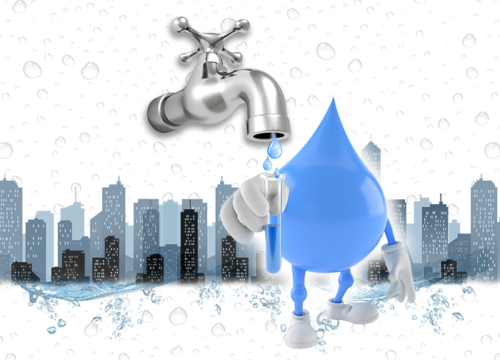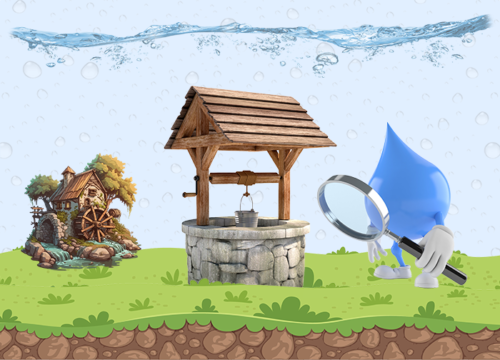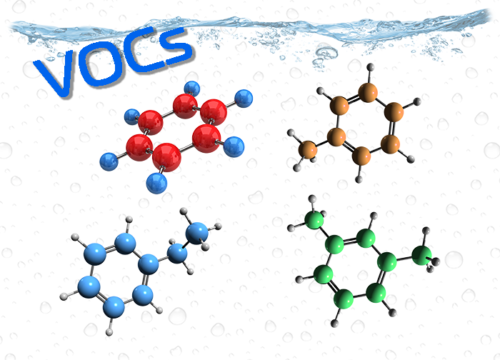Arsenic Testing Services & Health Effects
Arsenic III & Arsenic V Speciation Testing
- We offer a, stand-alone, Arsenic Speciation Testing Kit that you can order HERE (cost is $150).
- Optionally, you can add the Arsenic Speciation test as an Add-On (cost is $75) when you order our Well Verify or City Verify testing kit.
Arsenic III and Arsenic V Oxidation States
In ground water, as well as some surface waters, the most significant inorganic species of Arsenic (As) of concern are Arsenate (As5+) and Arsenite (As3+).
As5+ is easier to remove through filtration than As3+. Therefore, if there is a known quantity of Arsenic in your water, knowing it’s oxidation state is essential information for it’s effective removal.
What health effects are associated with exposure to arsenic from drinking water?
1 In most drinking water sources, the inorganic form of arsenic tends to be more predominant than organic forms. Inorganic arsenic in drinking water can exert toxic effects after acute (short-term) or chronic (long-term) exposure. Although acute exposures to high doses of inorganic arsenic can cause adverse effects, such exposures do not occur from public water systems in the U.S. that are in compliance with the existing MCL of 50 µg/L. Today’s final rule addresses the long-term, chronic effects of exposure to low concentrations of inorganic arsenic in drinking water. Studies link inorganic arsenic ingestion to a number of health effects. These health effects include:
- Cancerous Effects: skin, bladder, lung, kidney, nasal passages, liver and prostate cancer; and
- Non-cancerous effects: cardiovascular, pulmonary, immunological, neurological and endocrine (e.g., diabetes) effects.
Arsenic Occurrence
2 Arsenic occurs naturally in rocks and soil, water, air, and plants and animals. It can be further released into the environment through natural activities such as volcanic action, erosion of rocks, and forest fires, or through human actions. Approximately 90 percent of industrial arsenic in the U.S. is currently used as a wood preservative, but arsenic is also used in paints, dyes, metals, drugs, soaps, and semi-conductors. Agricultural applications, mining, and smelting also contribute to arsenic releases in the environment. Higher levels of arsenic tend to be found more in ground water sources than in surface water sources (i.e., lakes and rivers) of drinking water. Compared to the rest of the United States, western states have more systems with arsenic levels greater than 10 ppb. Parts of the Midwest and New England have some systems whose current arsenic levels are greater than 10 ppb, but more systems with arsenic levels that range from 2-10 ppb. While many systems may not have detected arsenic in their drinking water above 10 ppb, there may be geographic “hot spots” with systems that may have higher levels of arsenic than the predicted occurrence for that area.
References:
1 Technical Fact Sheet: Final Rule for Arsenic in Drinking Water, EPA 815-F-00-016 January 2001.
2 Drinking Water Standard for Arsenic, EPA 815-F-00-015 January 2001.





